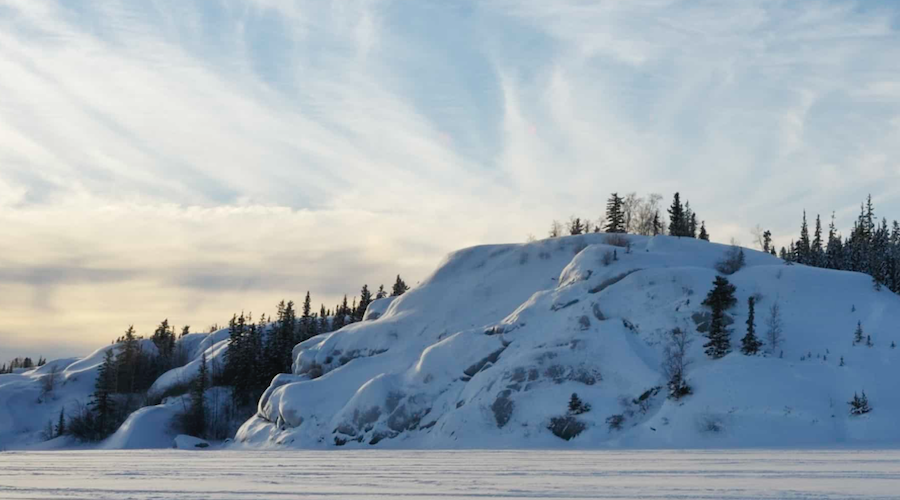
“Kimberlite was discovered after drilling 28m through 11m of water and 17m of overburden (glacial till). The drill exited the kimberlite at 71m. A second hole from the same drill setup is underway to obtain more kimberlite for caustic fusion,” the media brief states. “The drill collar is 220m SE of the known Black Spruce kimberlite discovered in the 1990s. The Black Spruce kimberlite was discovered by drilling a discrete magnetic low. In contrast, the Birch kimberlite has no magnetic signature.”
According to Buddy Doyle, the company’s VP of exploration, striking kimberlite so early in the 2021 exploration program proves his team’s exploration concept. Thus, after completing the current drill hole, the plan is to move from the Birch discovery to test other similar targets.
“The priority is to make as many discoveries as we can before the ice melts,” Doyle said in the release. “Material from each discovery will be sent for caustic fusion. We will return to those kimberlites with the highest micro-diamond counts and give them further attention.”
The 25,595-hectare Diagras property consists of 29 contiguous claims located in the north-eastern part of the Lac de Gras kimberlite field, some 22 kilometers north-northeast of the Diavik diamond mine and 36 kilometers east of the Ekati diamond mine.




